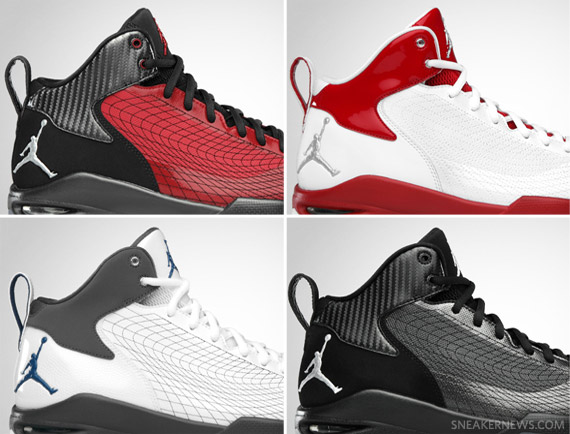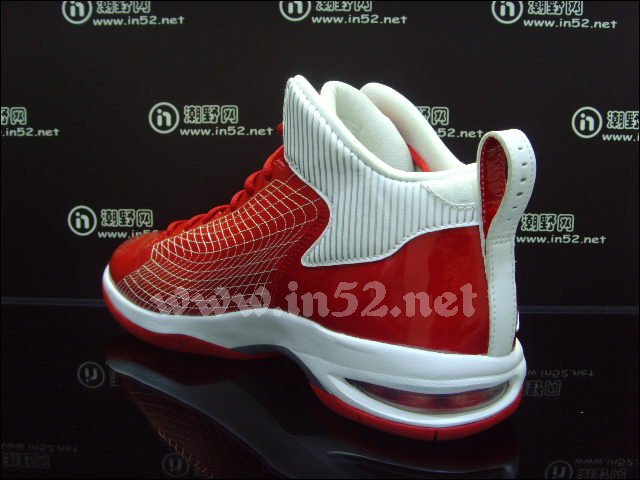
014 - MidSALE Jordan 23 Engineered - Jordan Fly Wade vs Jordan Fly 23 Heel Sole 'Light Bone' | 881465 - FitminShops

Jordan Fly 23 , Spider-Man Size 13 Was Not Issued To Public Only Jordan , This Is Jordan's Private Collection for Sale in Oak Park, IL - OfferUp

Jordan - Jordan Fly 23 August '11 http://www.nike.com/jumpman23/index.html#/footwear/454094-011?idx=31&cid=454094-011 | Facebook























